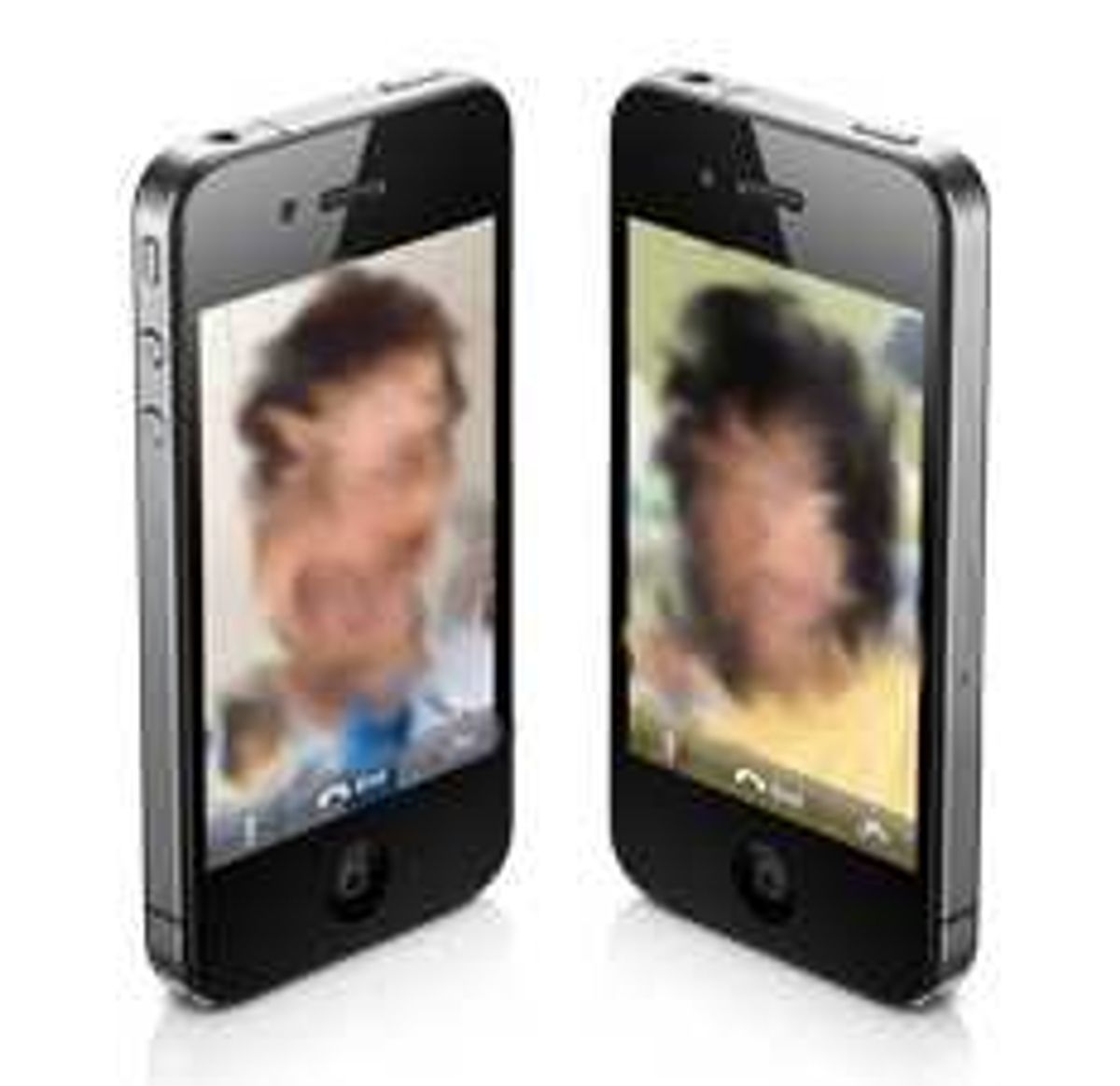The case: Bulos “Paul” Zumot, owner of a Palo Alto business, The Hookah Spot, is charged with murdering his girlfriend, Jennifer Schipsi. The couple’s Palo Alto home went up in gasoline-fueled flames in October 2009; after firefighters put out the blaze, investigators found Schipsi’s burned—and strangled—body inside.
Both Schipsi and Zumot were heavy iPhone users. And those iPhones had more to say than either of them might have suspected.
For one, cell phones, even those that don’t use GPS, reveal their locations as they pass in and out of the signal radii of various towers. The carriers keep those location records, which, in a tower-dense area like Silicon Valley, can come quite close to pinpointing a precise spot. According to these records, it appears that on the afternoon of 15 October, shortly before the fire, the two phones travelled together down Highway 101 and called each other, even though police later found Schipsi's phone in her car. The prosecution theorized that Schipsi was already dead when the trip down 101 took place, and Zumot was attempting to set up an alibi. The trail shows the phones nearing Palo Alto shortly before the fire started. The defense countered by introducing instances in which AT&T’s cell phone records had obvious mistakes—with Schipsi's phone occasionally appearing to connect to odd places, including Hawaii—and argued that the location data had been mapped incorrectly.
The prosecution also introduced reams of text messages—including angry messages exchanged with Zumot in the days before her death that had been deleted from Schipsi’s phone. As Mislan points out, deleted messages can hide away in a chunk of memory known as the subscriber identity module (SIM) and be retrieved by forensic investigators. The prosecution also argued that a message on the afternoon of the fire sent to a third party from Schipsi’s phone was not in her writing style, and more akin to Zumot’s voice.
The trial continues, with the defense presenting this week.
Tekla S. Perry is a senior editor at IEEE Spectrum. Based in Palo Alto, Calif., she's been covering the people, companies, and technology that make Silicon Valley a special place for more than 40 years. An IEEE member, she holds a bachelor's degree in journalism from Michigan State University.




